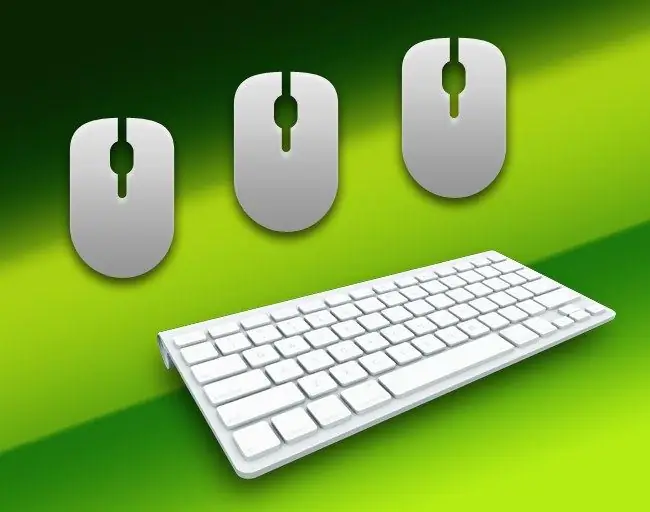Various actions using the mouse are used to control the computer as often as pressing the buttons on the keyboard. However, sometimes a situation arises when using the mouse is difficult or simply impossible. For such cases, Windows provides a function to replace cursor control by pressing the corresponding buttons on the keyboard.

Instructions
Step 1
The inclusion of non-standard methods of computer control in the Windows operating system has been moved to a separate Control Panel applet. To go to it, click on the "Start" button and select the item in the main menu, which is called "Control Panel". Then click on the name of the "Accessibility" section, and on the next page click on the link "Change mouse settings" in the "Ease of Access Center" section.
Step 2
You can run this applet in a different way. For example, a link to it is placed in the main menu - expand it, go to the All Programs folder, then to the Accessories folder, and finally to the Accessibility folder. Alternatively, you can use the search window in the main menu - press the Win key, type “spe” on the keyboard and press Enter.
Step 3
In the Ease of Access Center applet, check the box next to Enable Keyboard Pointing and click OK or Apply. After that, you can move the mouse pointer using the keys on the additional (numeric) keyboard. The numbers 1 through 9 (excluding 5) control the horizontal, vertical, and diagonal movement of the pointer. The number 5 key corresponds to a right-click on the mouse and usually brings up the context menu of an open application.
Step 4
The speed of moving the cursor using the keys and some other parameters can be changed in the settings. To do this, the applet has a separate section, which is invoked by clicking on the "Customize pointer control" link.
Step 5
Windows provides hotkeys to quickly enable or disable keyboard control of the mouse pointer. The default for this is a combination of the left keys alt="Image" and Shift in combination with the NumLock key. Pressing them brings up a dialog box in which you need to confirm the activation of the mode. Pressing the same combination again turns it off without any confirmation dialog, but with a beep.






